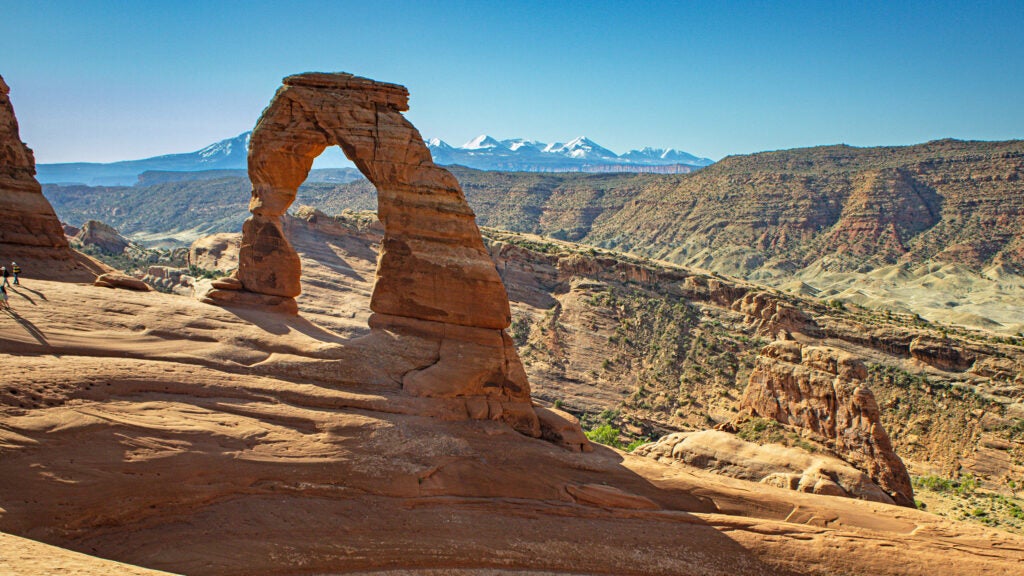Exploring National Parks: The Growing Need for Reservations
The allure of national parks is undeniable, drawing millions of visitors each year to explore their stunning landscapes and natural wonders. However, increasing visitation has led to overcrowding, prompting many parks to implement mandatory timed-entry reservations. This system aims to manage the flow of visitors and protect the delicate ecosystems within these cherished areas.
During a recent family trip to Maui, high on our list was witnessing the renowned sunrise from Haleakalā National Park’s summit. Unfortunately, due to not securing a reservation two months in advance, we missed out on this iconic experience, highlighting the necessity of planning ahead in today’s national park adventure landscape. Visitors are now reminded that many parks require timed-entry permits for specific entry times during peak seasons, transforming the way families and outdoor enthusiasts approach their visit.
The pandemic brought a surge in national park popularity, leading to heightened concerns over park capacity and resource management. Starting with Arches National Park in 2022, a number of parks instituted these reservation systems to combat issues such as traffic jams and a lack of parking. According to visitor feedback, the reservation systems became a frequent point of contention. However, a deeper concern remains: overcrowding, which directly impacts the visitor experience and park ecology.
As certain parks implement reservations to handle increased traffic, it’s crucial for visitors to familiarize themselves with the requirements. For instance, in 2025, Glacier National Park will require vehicle reservations to popular areas, including the Going-To-The-Sun Road, to mitigate congestion during the peak season from June to September. This 50-mile scenic road is known for its breathtaking vistas and popular trailheads, emphasizing the need for structured access.
In addition to Glacier, Arches National Park has reinstated timed-entry reservations from April to October 2025, necessitating visitors to secure permits in advance to experience its stunning landscapes. Similarly, Rocky Mountain National Park will continue its two-tiered reservation system, which includes specific permits for the frequently visited Bear Lake Road Corridor. These changes underscore a broader trend in park management focused on visitor safety and environmental sustainability.
For parks like Zion and Shenandoah, where iconic trails like Angels Landing and Old Rag draw significant crowds, reservations are essential. While accessing the parks may not require a permit, enjoying specific trailheads does. This trend is crucial in protecting natural assets and enhancing visitor safety, making it imperative for park-goers to plan ahead.
The evolving reservation landscape across national parks reflects a commitment to preserving these natural treasures for future generations. As outdoor enthusiasts prepare for their adventures, understanding and adhering to these new systems—not just for access but also for environmental conservation—is vital. Utilizing resources such as Recreation.gov can ensure a smoother experience when navigating these new entry requirements. Embracing this planning approach not only enhances individual visits but collectively contributes to the sustainability of our beloved national parks.
